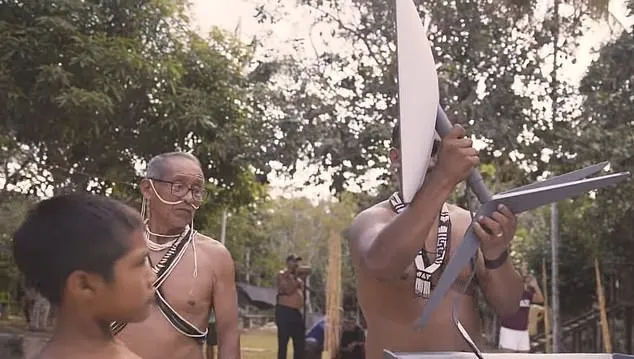The vast expanse of Western Australia is renowned for its rich geological history and the treasure trove of fossils it holds. Among these ancient remnants, the fossils of the Jimbacrinus crinoid, discovered in the Gascoyne Junction region, stand out as a remarkable window into marine life approximately 280 million years ago. These fossils not only fascinate paleontologists but also offer significant insights into the evolutionary history of marine organisms.
Discovery and Significance
The Jimbacrinus crinoid fossils were unearthed in the arid landscapes of Gascoyne Junction, a locale that once lay beneath a prehistoric sea. The discovery of these fossils has been pivotal in understanding the Permian period, a time when marine ecosystems were thriving and diversifying. Crinoids, often referred to as "sea lilies" due to their plant-like appearance, are echinoderms related to starfish and sea urchins. The Jimbacrinus species, in particular, showcases the unique adaptations and characteristics that allowed these organisms to flourish in their ancient habitats.
A similarly well-preserved set of fossils found near Gascoyne Junction, Australia. Image credit: Crystal World
Geological Context
Approximately 280 million years ago, during the late Permian period, the region now known as Gascoyne Junction was submerged under a vast, shallow sea. This marine environment provided ideal conditions for the growth and proliferation of crinoids. The sedimentary layers that formed during this period encapsulated the remains of these marine creatures, preserving them as fossils. The specific conditions of sedimentation, combined with mineralization processes over millions of years, have resulted in the exceptional preservation of Jimbacrinus crinoid fossils.
280-million-year-old Jimbacrinus crinoid found near Gascoyne Junction, Western Australia. Image credit: Matthew Bietz
Morphology and Anatomy
Jimbacrinus crinoids exhibit a fascinating morphology that is both intricate and indicative of their lifestyle. Like other crinoids, they possessed a stalk, or stem, that anchored them to the sea floor, and a crown, composed of feathery arms, that extended into the water column. These arms were equipped with tiny tube feet that trapped plankton and other small particles from the water, funneling them towards the mouth located at the center of the crown. The stalks could reach considerable lengths, elevating the crown into higher water currents, which increased feeding efficiency.
The detailed structure of the Jimbacrinus fossils, including the calyx (the cup-shaped central body) and pinnules (small appendages on the arms), provides insights into their mode of life. The robustness of their stalks suggests they inhabited environments with moderate to strong currents, where their ability to anchor firmly would have been advantageous.
Evolutionary and Ecological Insights
The Jimbacrinus crinoids are significant not only for their age but also for what they reveal about the evolutionary history of marine life. During the Permian period, crinoids were widespread and diverse, occupying various ecological niches in marine environments. The Jimbacrinus fossils help paleontologists trace the evolutionary lineage of crinoids and understand the adaptive strategies that enabled their survival through various geological epochs.
Moreover, these fossils shed light on the broader ecological dynamics of the Permian seas. The presence of Jimbacrinus in Western Australia indicates a thriving marine ecosystem, supporting a variety of life forms, from microscopic plankton to larger predators. Studying these fossils allows scientists to reconstruct ancient food webs and environmental conditions, providing a clearer picture of Earth's distant past.
Preservation and Research
The exceptional preservation of Jimbacrinus crinoid fossils is a testament to the unique geological history of the Gascoyne Junction region. Fossils from this area are often found in limestone deposits, which contribute to their remarkable detail and completeness. These well-preserved specimens are invaluable for research, allowing paleontologists to examine minute anatomical features and conduct detailed taxonomic studies.
Ongoing research on Jimbacrinus fossils involves advanced techniques such as scanning electron microscopy (SEM) and computerized tomography (CT) scanning, which reveal internal structures and aid in understanding the growth patterns and developmental biology of these ancient organisms. By combining traditional paleontological methods with modern technology, scientists continue to uncover new information about the life and times of the Jimbacrinus crinoid.
The fossils of the Jimbacrinus crinoid, found in Western Australia's Gascoyne Junction, offer a captivating glimpse into a world that existed 280 million years ago. These ancient marine organisms, with their intricate and delicate structures, provide invaluable insights into the evolution and ecology of the Permian seas. As research progresses, the Jimbacrinus fossils will undoubtedly continue to illuminate the mysteries of prehistoric marine life, enriching our understanding of Earth's dynamic history.
























































